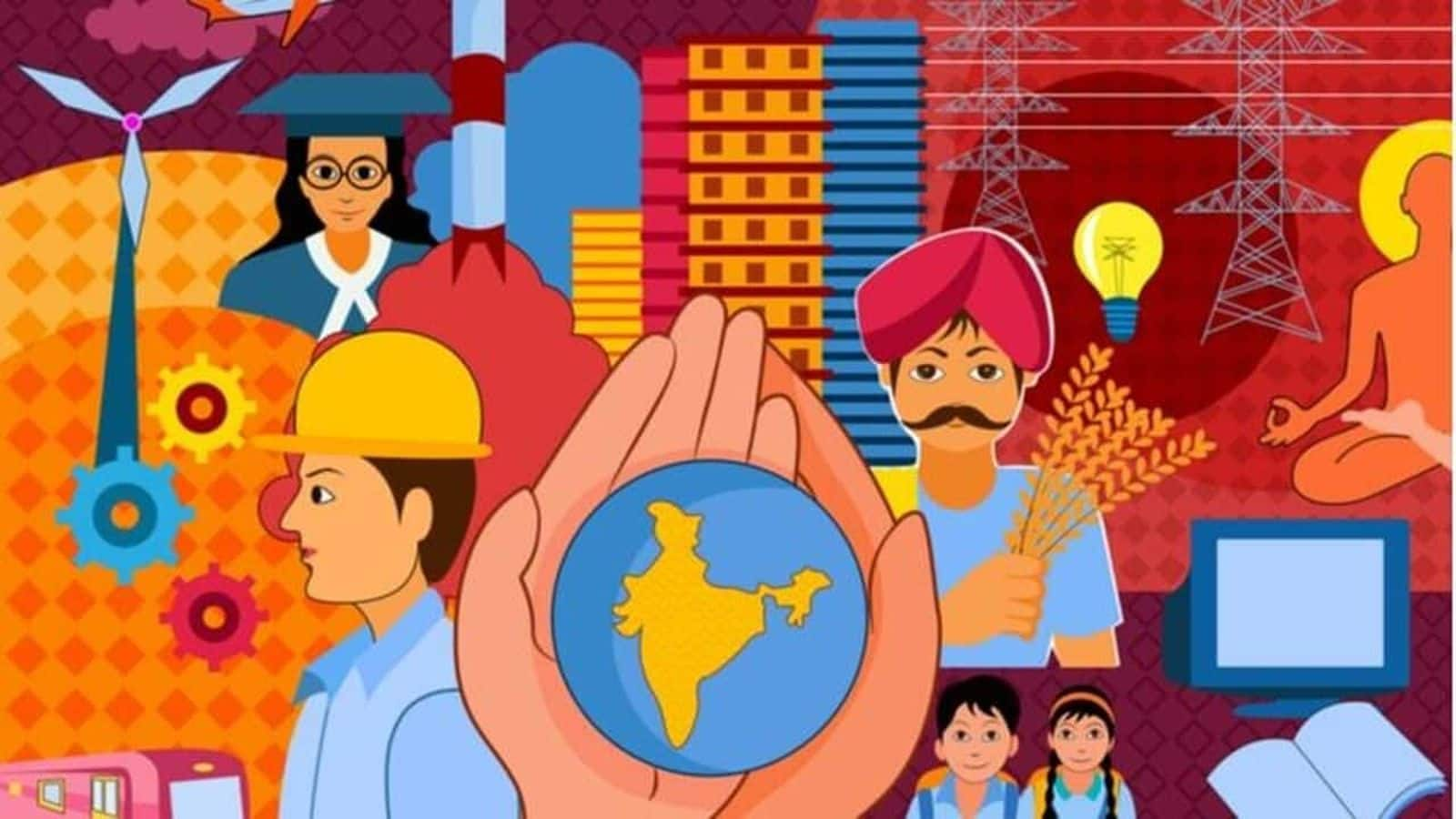
India's consumer market projected to outgrow Germany, Japan by 2026
What's the story
India is projected to become the world's third-largest consumer market by 2026, surpassing both Germany and Japan, according to a report by UBS.
Over the past decade, India's consumption has nearly doubled from $1.2 trillion in 2013 to an estimated $2.1 trillion in 2023.
The country has achieved an impressive average compound growth rate of 7.2% during this period, outperforming China, the US, and Germany.
Market dynamics
India's domestic market fuels economic growth
The primary driver of India's economic growth is its large domestic market, which effectively absorbs the country's manufacturing output.
This balance between supply and demand gives India a significant advantage over other Asian and emerging markets.
Furthermore, it positions India to benefit from the 'China+1' supply chain shifts, along with policy initiatives and structural reforms.
Employment concerns
High-quality job creation essential for sustained growth
UBS emphasizes the importance of creating high-quality jobs to maintain consumption growth in the medium term.
Despite robust growth in consumption, it has lagged behind investment and economic growth in the post-pandemic phase.
"This divergence matters for the Indian economy as household consumption accounts for nearly 60% of nominal GDP," UBS stated.
Economic disparities
Factors influencing GDP and consumption recovery
The gap between GDP and consumption recovery can be attributed to three factors: a split in discretionary and services spending versus consumer staples; rural-urban divide; and wealthy versus broad-based household demand.
The affluent population in India is expected to more than double over the next five years from around 40 million in 2023.
Despite the rural economy's recovery from pandemic lows, urban economies have consistently outpaced them.
Financial strains
Pandemic impact on household savings and debt
The pandemic has led to a decrease in household savings, partly due to weaker incomes, shifting consumption preferences, and rising debt service obligations.
This situation has resulted in household debt reaching a 15-year high.
"At the same time, limited fiscal support for vulnerable sections of society during the pandemic (income support and/or direct cash transfers) amplified the gap," UBS noted.
Economic forecast
Future projections for India's household consumption growth
Adjusted for inflation, real household consumption growth is expected to be around 4-5% in FY25-26, compared to an average of 6.5-7% from FY11-20.
While urban mass-market demand may remain modest due to softening wage growth and flattening personal loan growth, the affluent segment is predicted to continue its strong performance.
UBS predicts rural consumption revival due to anticipated normal monsoons, potential removal of export bans, easing inflation, and expected capex recovery, especially in construction, a significant job provider after agriculture.